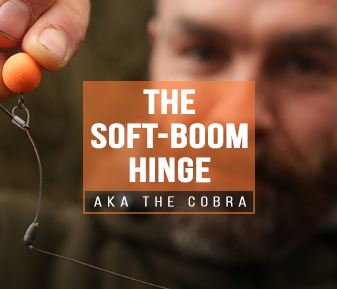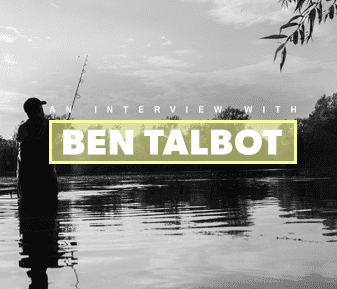Gaz Fareham explains why the Soft Boom Hinge aka 'The Cobra' is his go to rig - sharing his vast knowledge on the most effective set up to catch bites.
Oz Holness reveals how to approach the change of
seasons from autumn to winter
Oz Holness reveals how to approach the change of seasons from autumn to winter
The transition into winter from autumn is especially important. One of the major things that I look at this time of the year, during the transition, is the weather. If you can I suggest always using the long-range weather forecasts to plan your trips. At this time of the year the carp use a lot of different areas compared to the spring and summer, so you start to see a migration of fish as they change from using marginal areas and the shallows, to the deeper siltier areas, and this is down to a number of reasons.
Firstly, there is going to be a significant temperature change. The longer nights and cooler days are going to mean the water temperature drops off and the first noticeable areas of the lake where this happens is going to be the shallower areas. The second reason is that the natural food tends to gather in the deeper silty areas too, and as such the carp really tend to seek them out in their search for viable food sources.
Although as a rule the fish move out to the middle of a lot of lakes, particularly if there was weed out there that has collapsed as it died back. If a lake lacks weed and has
deep margins with snags, then the carp will still go in there as they love having cover over their heads, so that is always worth bearing in mind.

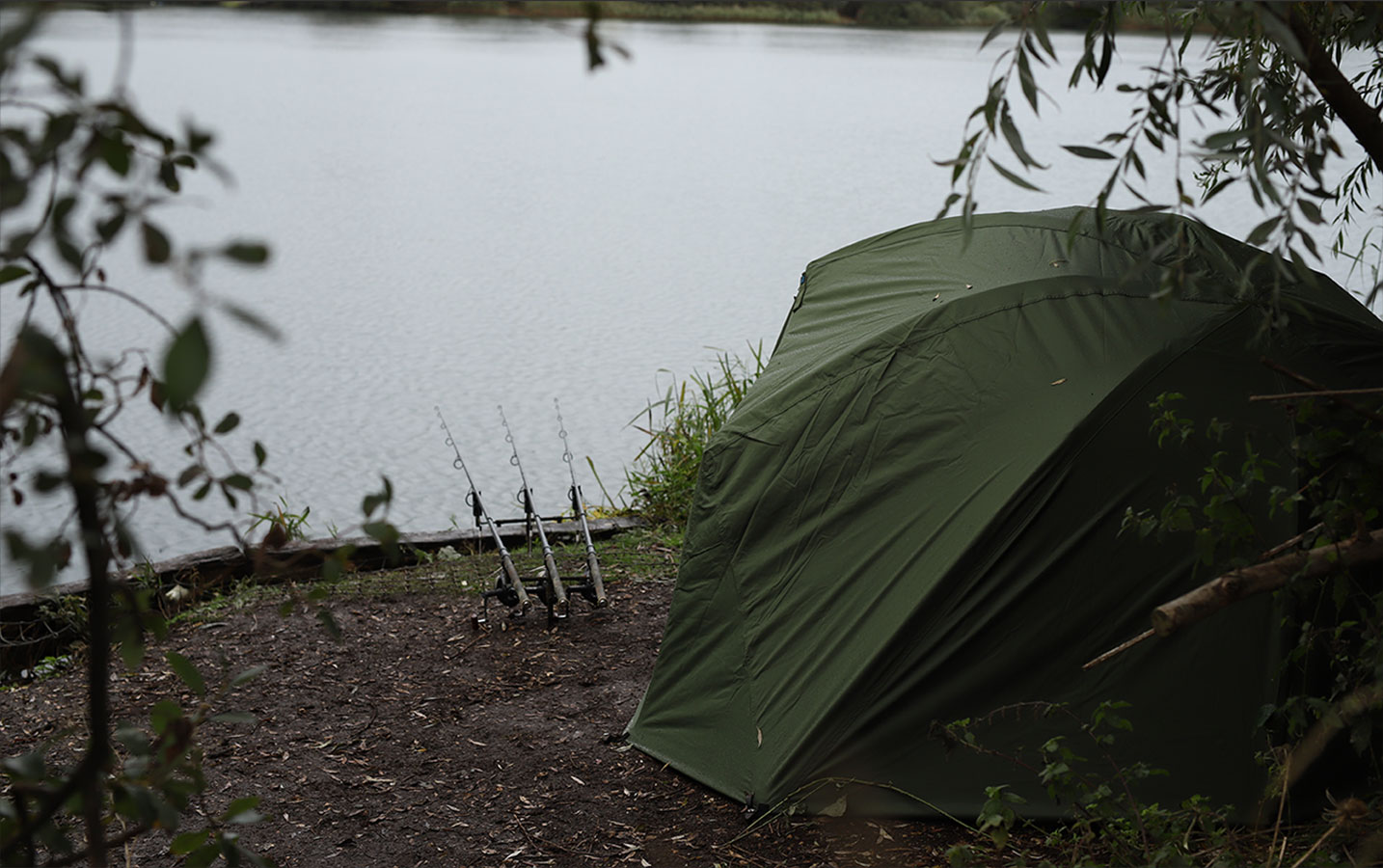


The Middle of the lake is always a good starting point
The Middle of the lake is always a good starting point
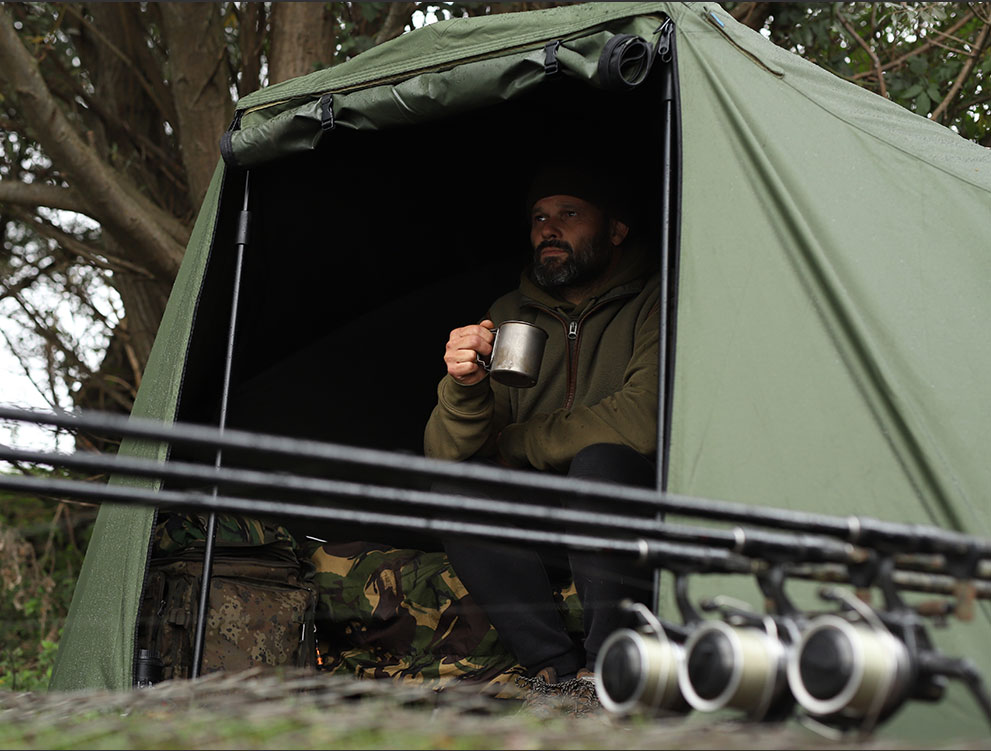
In the spring/summer you might see fish showing from first light through till breakfast time; and then you can go walk for around the lake in the middle of the day and generally find them basking in the weed beds. That is not the case in the autumn! Quite often, as we move into the colder months, sometimes the only time you are going to see those carp is during the hours of darkness and that’s a really important factor. You need to remain vigilant throughout the night as much as you possibly can. If that means going to bed a little bit earlier and setting your alarm for the early hours, then so be it. It will help give yourself the best possible chance of locating those carp, whereas you can spend all day looking and not see a single sign.
In the spring/summer you might see fish showing from first light through till breakfast time; and then you can go walk for around the lake in the middle of the day and generally find them basking in the weed beds. That is not the case in the autumn! Quite often, as we move into the colder months, sometimes the only time you are going to see those carp is during the hours of darkness and that’s a really important factor. You need to remain vigilant throughout the night as much as you possibly can. If that means going to bed a little bit earlier and setting your alarm for the early hours, then so be it. It will help give yourself the best possible chance of locating those carp, whereas you can spend all day looking and not see a single sign.
If I am ever faced with not knowing where the carp are in the winter, I fish for liners. Simply spread your rods around the swim, tighten up the line and have a small drop in your bobbin. The lines will sag down through the swim and any indications you receive will give away the carp’s whereabouts, without you necessarily getting a bite or seeing any signs.
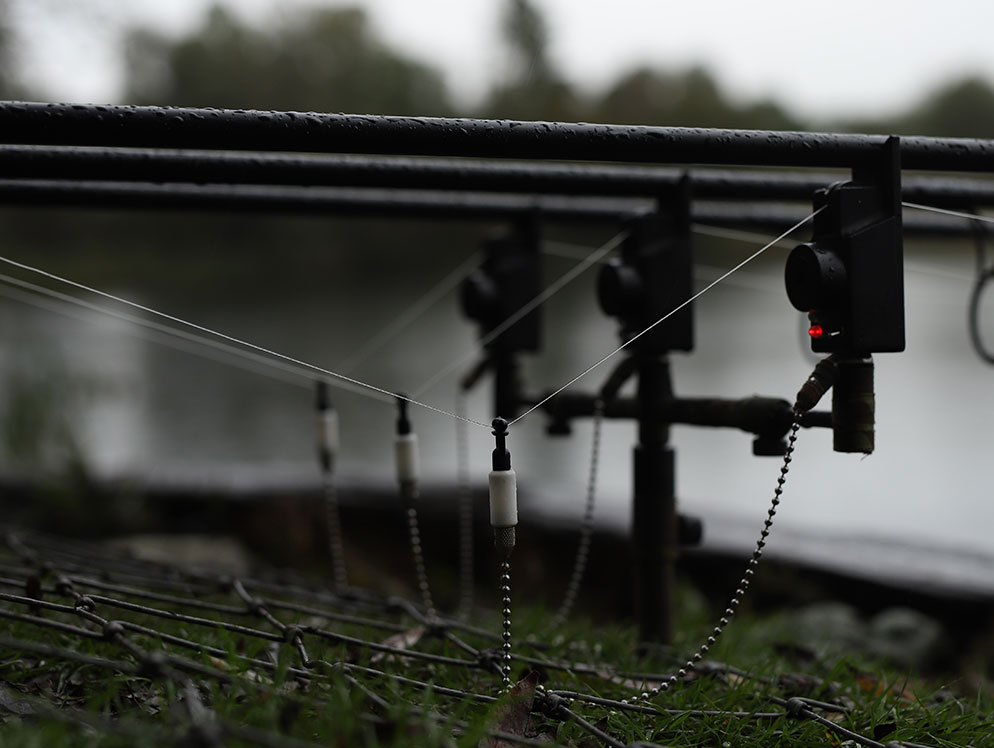
If I am ever faced with not knowing where the carp are in the winter, I fish for liners. Simply spread your rods around the swim, tighten up the line and have a small drop in your bobbin. The lines will sag down through the swim and any indications you receive will give away the carp’s whereabouts, without you necessarily getting a bite or seeing any signs.
If there's no signs of fish anywhere, spread
your rods out and fish for liners
If there's no signs of fish anywhere, spread your rods out and fish for liners
Obviously, the weather is colder, and as such you need to keep your comfort levels up at this time of the year. I’ve spent many a winter huddled under a 60” brolly and it doesn’t really do you any favours in terms of your health. These days I have got either an overwrap for my brolly, or even a nice comfortable bivvy. Both have fronts which means I can keep out of the wind, even if it changes direction. There’s nothing worse than getting wet at the start of your session, because once you’re uncomfortable you do not want to be there, and you’ll end up either fishing inefficiently or maybe you’ll even want to go home.
I tend to move over to a petrol stove/Coleman as it suits me perfectly. It’s cheap fuel and very reliable even in the coldest weather - that’s another little tip. Also make sure you take plenty of good sustenance/ good food to cook. It all revolves around comfort levels and it is definitely worth investing in that little bit of extra kit. You might be able to get away with slumming it on short overnight sessions in the summer or spring, but when you’re out there doing a few nights in the winter you definitely want to utilise that time on the bank effectively. It’s also always worth having some spare clothes in the van and a good set of waterproofs. When combined with a good base layer and a warm jacket underneath, along with some salopettes too, and you’ll be ready for all weathers.
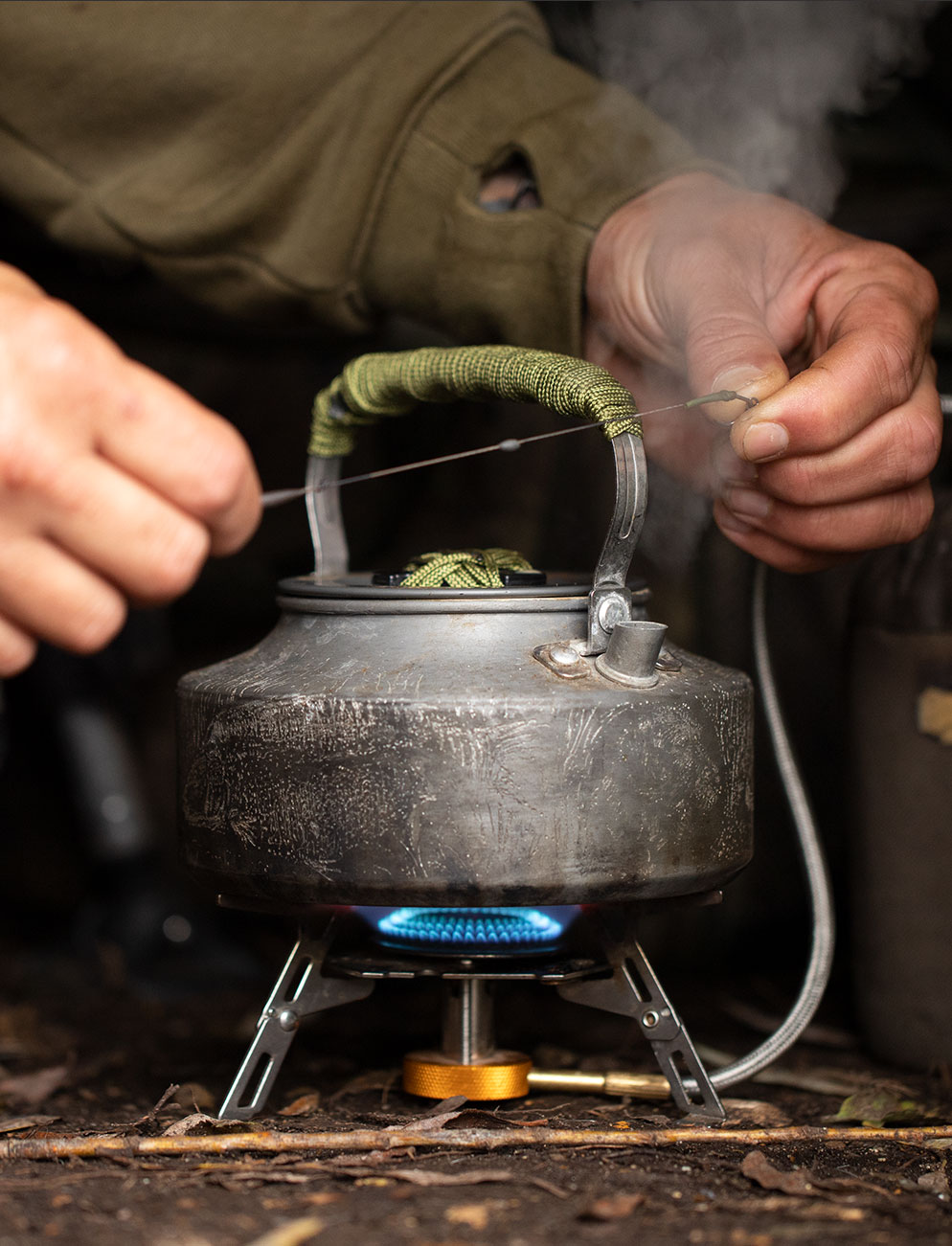
how to tie oz's
EASY WINTER RIG









